The Story of the Eiffel Tower
In the heart of Paris, a city synonymous with romance, culture, and art, there stands a colossal iron giant—the Eiffel Tower, a marvel that has stood the test of time. Yet, few know the true tale of its birth, its struggles, and the journey to become one of the most recognized landmarks in the world.
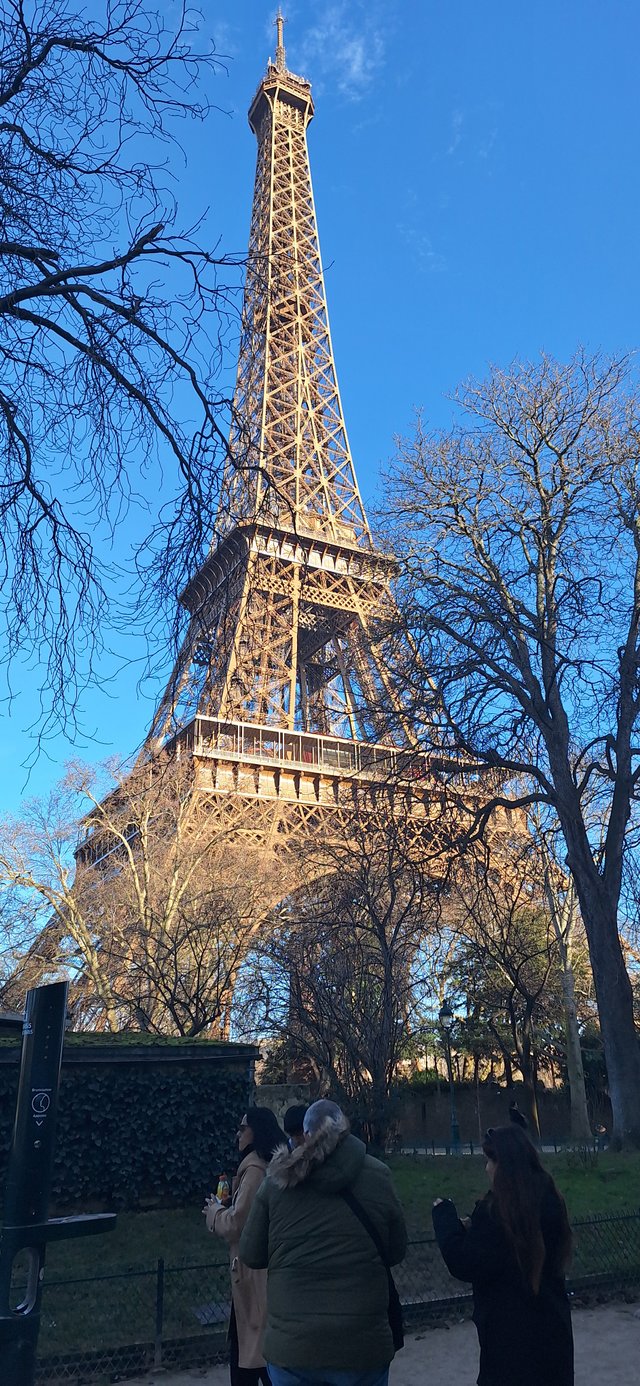
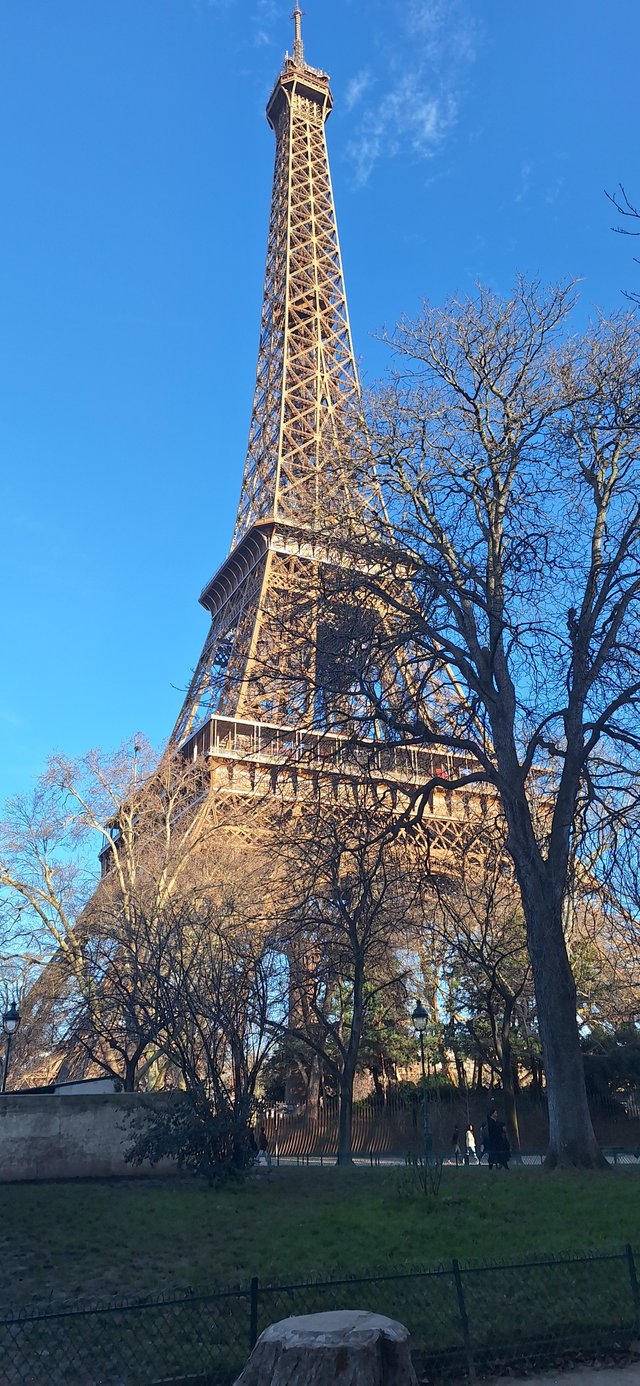
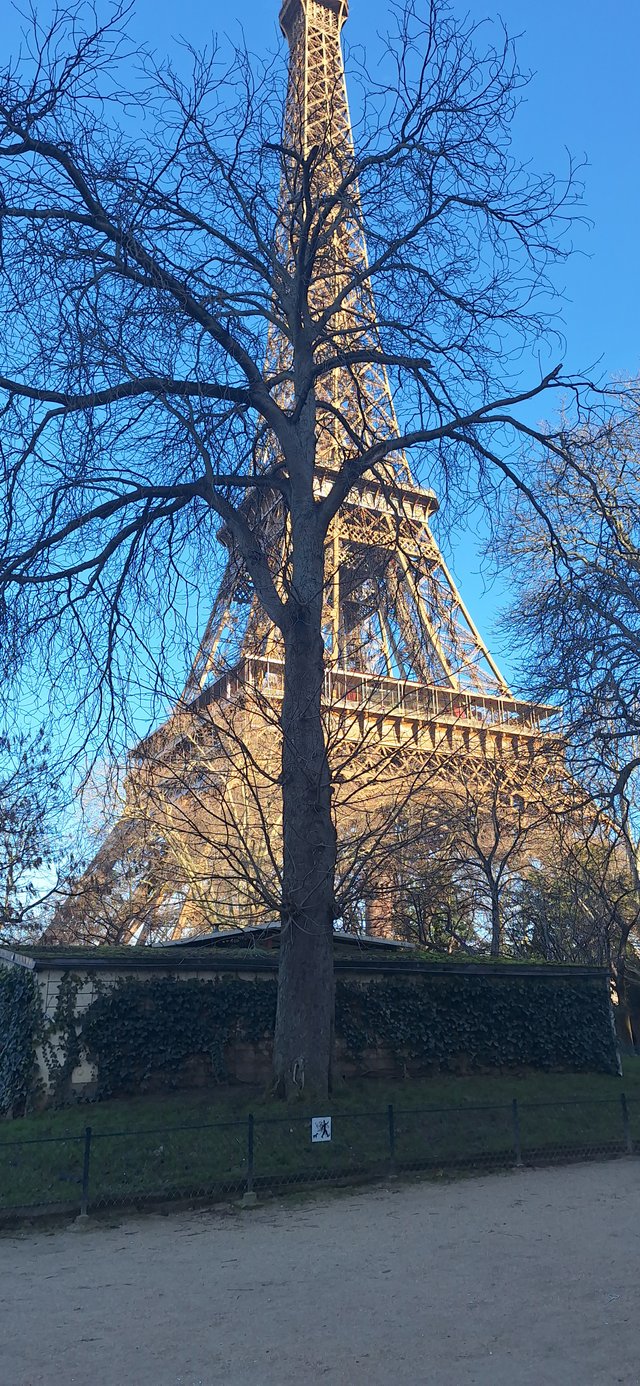
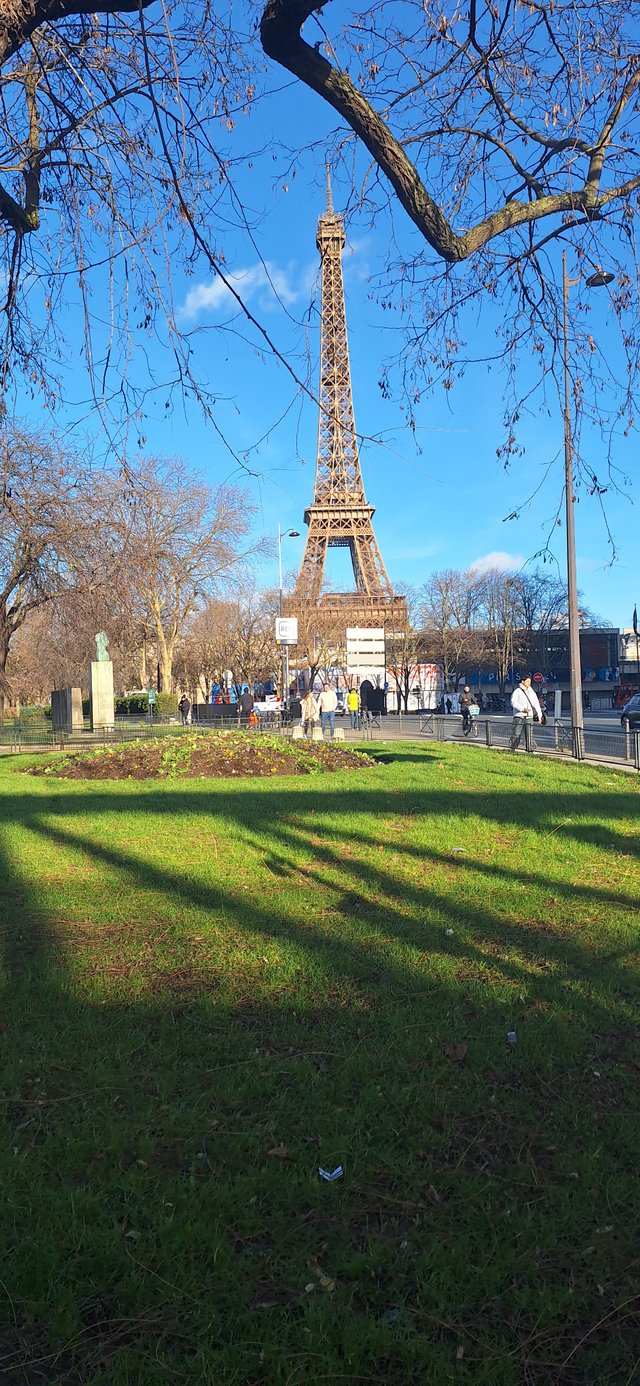
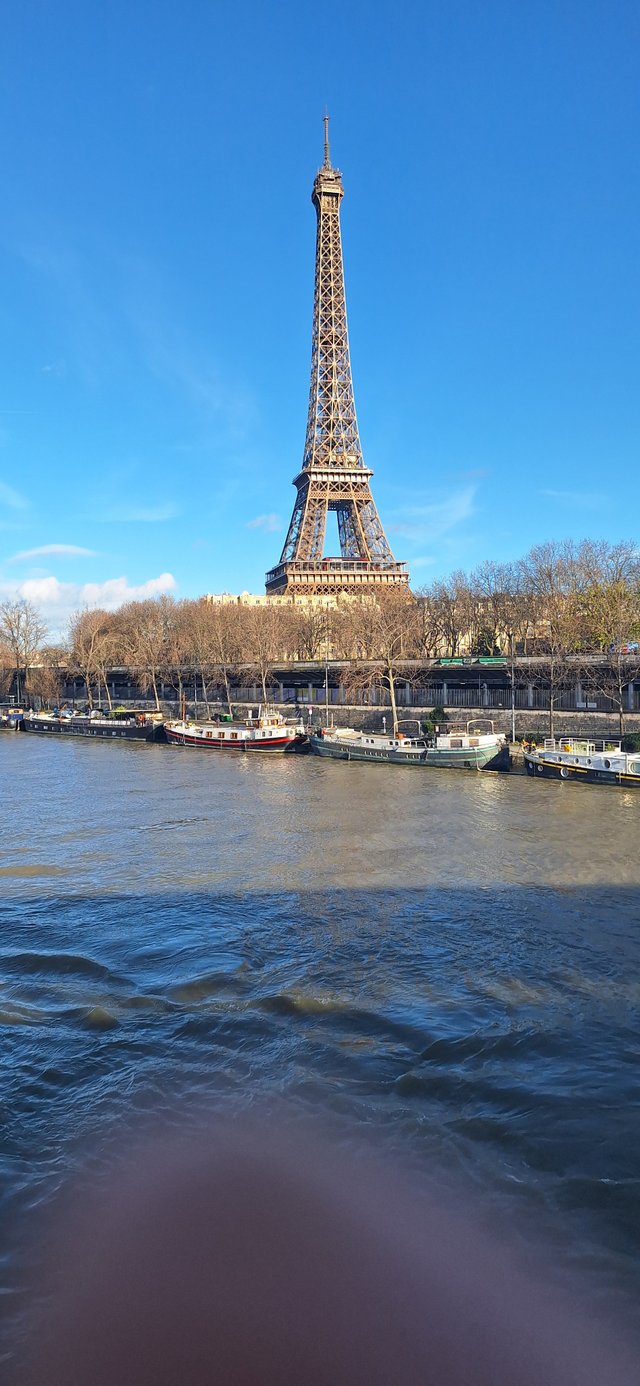
The Vision
The year was 1884, and the French government was planning an extravagant celebration to mark the centennial of the French Revolution. An international exposition, the 1889 Exposition Universelle, was to be its centerpiece. The organizers called for something spectacular—something that would awe the world.
Enter Gustave Eiffel, a civil engineer with a vision. Eiffel’s team of designers, Maurice Koechlin and Émile Nouguier, conceived a bold idea: an iron lattice tower that would pierce the Parisian skyline at an unprecedented height of 300 meters. Many dismissed the idea as impractical and unattractive, dubbing it “an eyesore of metal.”
The Controversy
As the project gained traction, opposition surged. A coalition of Paris’ most prominent artists and writers launched a petition against the structure, calling it a “monstrosity.” They argued that the Tower would scar the elegance of Paris forever. Among the dissenters was novelist Guy de Maupassant, who later famously dined at the Tower's restaurant simply because it was the only place in Paris where he couldn’t see the structure!
Despite the resistance, Eiffel remained steadfast. "The tower will not only be a monument of modern engineering," he declared, "but a beacon of progress, a symbol of France's audacity and ingenuity."
The Construction
Construction began in 1887, and it was a feat of engineering never before attempted. With over 18,000 iron parts and 2.5 million rivets, the Eiffel Tower began to take shape. It was an unprecedented challenge: workers braved freezing winters and scorching summers, climbing great heights with limited safety measures.
Yet, after two years, two months, and five days, the tower was completed. On March 31, 1889, Gustave Eiffel climbed to the top and planted the French flag, a proud moment for the nation.
The Triumph
When the Tower opened to the public during the Exposition Universelle, it was an instant sensation. Nearly 2 million visitors came to marvel at its height, standing as the tallest structure in the world until New York's Chrysler Building overtook it in 1930.
Over time, the critics softened. What was once deemed "ugly" became a beloved symbol of Paris. It witnessed history—wars, revolutions, and celebrations. It stood resilient during the German occupation in World War II when French patriots cut its elevator cables to prevent Nazi access.
Today
Now, over 130 years later, the Eiffel Tower is a monument not just of iron, but of resilience and innovation. It hosts over 7 million visitors annually, sparkling every evening with thousands of lights. From its summit, one can see the entire city of Paris sprawled below, a view that inspires poets, dreamers, and lovers from around the world.
The Eiffel Tower’s story is more than just its construction—it's a testament to bold vision, perseverance in the face of adversity, and the magic of transforming skepticism into admiration. It began as a controversial project and rose to become an emblem of Paris, and indeed, of human achievement.
And so, the Eiffel Tower whispers its story to every visitor who stands beneath its iron lattice: a story of daring dreams, unwavering belief, and the triumph of art and engineering.